Brain controlled prosthesis technology enables movements once thought impossible for amputees, directly through neural commands. This article breaks down how these sophisticated devices work, the advancements propelling this “brain controlled prosthesis” technology forward, and the tangible benefits they bring to users’ lives, paving the way for a new era in prosthetic mobility.
Key Takeaways
- Revolutionary mind-controlled prosthetics, such as the first thought-controlled bionic leg, have greatly improved in terms of functionality and usability, bringing us closer to seamless human-machine integration.
- Advancements like Regenerative Peripheral Nerve Interface (RPNI) and sophisticated signal processing algorithms have enabled the precise translation of neural signals into prosthetic movements, enhancing the stability and dexterity for users.
- While bionic limbs have the potential to significantly improve the quality of life for amputees, economic and social barriers remain a challenge, highlighting the need for innovative, affordable solutions and revised health policy funding strategies.
The Dawn of Mind-Controlled Bionic Limbs
Prosthetics have evolved remarkably with the dawn of mind-controlled bionic limbs. This leap towards seamless human-machine symbiosis traces its roots to the innovative minds at the Rehabilitation Institute of Chicago (RIC). With funding from the US Army, RIC led the development of the first thought-controlled bionic leg, a major breakthrough in the field of prosthetics.
Simultaneously, other entities such as UChicago’s research team, supported by an NIH grant, are progressing in augmenting prosthetics with improved dexterity and precision of movements.
The Path to Intuitive Prosthetic Control
Numerous advancements have been instrumental in developing intuitive mind-controlled prosthetic devices. These include:
- Targeted Muscle Reinnervation (TMR), which enables the transfer of residual arm nerves to remaining muscles, thereby recovering control signals for missing distal muscles and joints
- Osseointegration, which involves the integration of a prosthetic limb directly into the bone, providing a more stable and natural connection
- Implanted sensors for bidirectional communication with the nervous system, allowing for more precise control and feedback
- Advanced signal processing for encoding and decoding sensorimotor signals, improving the accuracy and responsiveness of the prosthetic device.
These advancements have greatly improved the functionality and usability of mind-controlled prosthetics.
Introducing a movement-based approach that utilizes the natural coordination between arm segments and prosthetic hand’s movements to enhance prosthetic control also represents a significant progress. Coupled with a generic control model that can be tailored to different users, intuitive control is now a reality for prosthesis users, regardless of their handedness.
A Breakthrough in Leg Prosthetics
The RIC Center for Bionic Medicine marked a significant milestone in prosthetic technology by developing the first thought-controlled bionic leg. This bionic leg, funded by the US Army’s Telemedicine and Advanced Technology Research Center (TATRC), implements cutting-edge technology, including a complex software and sensors that detect muscle contractions. The software interprets the user’s intended movements, enabling the bionic leg to perform movements that resemble natural leg function, such as transitioning smoothly between sitting and walking, climbing stairs, and repositioning while seated.
This groundbreaking advancement in leg prosthetics was highlighted in the New England Journal of Medicine, marking a significant milestone towards a future where amputees can regain their mobility and independence.
From Concept to Reality
The idea of thought-controlled bionic limbs has transformed from being a futuristic concept to a real-life application. The thought-controlled bionic leg uses targeted muscle reinnervation, which involves redirecting nerves from the amputated limb’s damaged muscle to intact muscle above the knee. Once nerves have been rewired in the residual limb, sensors embedded in the muscle tissue wirelessly receive electrical impulses that correspond to the user’s thoughts and intentions.
These electrical impulses are then translated into movements by the bionic limb, enabling the prosthetic leg to move naturally in response to the wearer’s thoughts. This seamless integration of human and machine brings us a step closer to a future where amputees can regain their full mobility.
Harnessing Neural Signals for Seamless Movement
Achieving seamless movement in prosthetics hinges on efficiently tapping into neural signals. One such technique is the Regenerative Peripheral Nerve Interface (RPNI), which amplifies brain-derived neural signals into robust muscle signals that facilitate advanced control of robotics. RPNI promotes nerve growth and stable signal recording, which facilitates prosthesis functionality that can endure for many years.
Moreover, unlike other neural interface techniques, RPNI is less invasive, more durable, and mitigates complications like scar tissue buildup and signal degradation.
Capturing Electrical Impulses from Peripheral Nerves
Peripheral nerve interfaces are pivotal to the operation of neurally controlled prosthetics. They use electrical methods like myoelectric systems, nerve electrodes, and electrodes implanted in muscles to stimulate or record neural activity. There are various types of electrodes, each with its benefits and risks. For instance, extraneural electrodes like epineural, helical, book, and cuff electrodes interface with peripheral nerves without penetrating nerve fascicles, whereas interfascicular and intra-fascicular electrodes provide more selective stimulation but pose higher risks.
An innovative technique developed at the University of Michigan amplifies faint nerve signals for finer control over prosthetic fingers, proving to be durable with interfaces lasting for years. For instance, in the case of thought-controlled prosthetics, electrodes capture electrical impulses from the leg muscles, enabling precise upper leg movement.
Advanced Algorithms for Real-Time Response
Advanced machine learning algorithms and pattern recognition technology are utilized to interpret neural signals and translate them into precise movements. These algorithms have been tailor-made from the brain-machine interface field to improve the control over advanced prosthetic devices, enabling more accurate alignment with users’ intended motions. For instance, artificial neural networks trained on shoulder movement and target position data can significantly enhance the prediction of multiple arm movements, offering intuitive control over the prosthesis.
Signal processing techniques including windowing and feature extraction from EMG data are crucial in discerning intended motion, with post-processing to ensure accurate and error-free prosthetic control. These real-time control systems with embedded processors manage the acquisition and classification of EMG signals, forwarding the resulting commands to the prosthetic end effector for responsive action.
Enhancing Stability with Neurally Controlled Prosthetics
Neurally controlled prosthetics have significantly contributed to enhancing stability and balance. Prosthetic ankles, for instance, play a crucial role in aiding amputees with postural control, enhancing balance and stability.
These ankles operate by interpreting electrical signals from the user’s residual muscles to manage and correct postural imbalances.
The Role of Embedded Control Systems
Embedded control systems in prosthetics, often encompassing microprocessors or microcontrollers, execute specific tasks such as managing prosthetic hands with multiple degrees of freedom, processing muscle signals alongside sensor data to support intuitive movements, and ensuring the maintenance of equilibrium when engaging in various activities such as navigating inclines and adjusting leg position while seated. One such embedded control system focuses on the interpretation of muscle signals to provide seamless and natural motor control for the user.
A computer chip within the RIC’s bionic leg performs these functions.
Achieving Dynamic Balance
Research shows that neural prostheses can restore near-normative standing postural control, improving dynamic balance in prosthetic users. Participants using a dEMG-controlled prosthetic ankle demonstrated significant improvement in stability during tasks that require additional postural control, such as standing on unstable surfaces or with eyes closed.
Daily activities that challenge postural control are used to train residual muscles to operate the dEMG-controlled prosthetic device, effectively enhancing the user’s instinct to maintain balance on uneven terrain.
The Personal Impact of Bionic Limbs

Bionic limbs profoundly transform the lives of amputees by restoring their independence, boosting confidence, and easing phantom limb pain. Amputees, especially those with an amputated limb, have played a crucial role in refining the design of bionic limbs, contributing their lived experiences to create more impactful and personally motivating prosthetic technology.
For example, Joseph Dunn, an upper-limb amputee from Pennsylvania, was directly involved in the design process of his prosthetic arm, demonstrating how patient involvement can lead to more tailored and engaging rehabilitation solutions.
Restoring Independence and Confidence
Advanced prosthetic limbs enable amputees to perform tasks with movement times similar to natural limb movements, improving their quality of life. Zac Vawter, a ‘test pilot’ for the bionic leg, showcased the device’s quick and appropriate response to environmental interactions, substantially reducing the error rate and potential for falls.
The RPNI-based control system has empowered users with the ability to perform quick and dexterous movements of a prosthetic hand, allowing intricate tasks such as successful gesture matching and object manipulation.
Alleviating Phantom Limb Pain
Regenerative peripheral nerve interfaces (RPNI) can help manage residual limb pain after amputation, reducing the occurrence of neuromas which form at the ends of severed nerves. Lowering the incidence of neuromas through the use of RPNIs can decrease the dependence on pain medication and the necessity for additional surgeries.
Thus, RPNIs not only enhance the functionality of prosthetics but also contribute to the overall well-being of the user by alleviating phantom limb pain.
The Economic and Social Considerations of Prosthetic Advancements

Despite the transformative nature of advancements in prosthetic technology, they raise several economic and social considerations. Funding deficits often leave amputees without full access to necessary prosthetic care. Inconsistent prosthetic funding due to varied healthcare programs, for instance, results in substantial patient out-of-pocket costs.
These economic and social issues necessitate revisiting health policy and insurance funding strategies to better support the adoption and affordability of bionic limbs.
Addressing the Cost Barrier
The cost barrier presents a significant hurdle in accessing advanced prosthetic limbs. Advanced prosthetic arms, for example, can cost anywhere from $20,000 to $120,000. Lack of adequate prosthetic funding can lead to barriers in accessing services and hinder the ability of amputees to return to work and participate fully in community life.
However, innovative approaches like young Benjamin Choi’s initiative to develop an accessible and affordable mind-controlled prosthetic arm that costs approximately $300 to manufacture signify a revolutionary step in cost reduction.
The Broader Impact on Amputee Well-being
The impact on amputee well-being is more comprehensive than just the physical benefits offered by prosthetic limbs. Prosthesis use can combat social stigmatization, enabling individuals with limb loss to integrate more seamlessly into social environments. Some of the ways in which prosthetics can help include:
- Concealing the use of prosthetics might help individuals avoid potential social stigma
- Playing a significant role in their emotional well-being
- Facilitating smoother social interactions
These factors contribute to the overall well-being and quality of life for individuals with limb loss.
The personal meaning associated with prosthesis use can significantly affect an individual’s body image and satisfaction with their prosthetic limbs, contributing to overall emotional health.
Future Horizons in Prosthetic Technology
The future of prosthetic technology promises enormous potential and hope. Some advancements to look forward to include:
- Bionic legs, similar to those developed by the Rehabilitation Institute of Chicago (RIC), are expected to be commercially available and accessible for widespread clinical testing in the next couple of years.
- The osseointegration technique is evolving to provide enhanced functionality and feedback through osseoperception.
- Undergoing trials for more refined control over osseointegrated prostheses.
These advancements are set to revolutionize the field of prosthetics and improve the lives of individuals with limb loss.
Revolutionizing Prosthetics: MIT’s Magnetic Sensor Breakthrough for Enhanced Limb Control
Innovations in prosthetic technology are advancing rapidly, with MIT researchers at the forefront of developing a groundbreaking magnetic sensor system to enhance the control of prosthetic limbs. This novel approach, centered around magnetomicrometry, utilizes small magnetic implants to monitor muscle movements, potentially revolutionizing how individuals with amputations interact with their prosthetic devices.
The essence of this technology lies in its ability to track muscle length changes during movement. Small magnetic beads, implanted in muscles, create a permanent magnetic field. A compact, external sensor, akin to a compass, detects the distance between these magnets. As muscles contract or extend, the magnets move accordingly, allowing for precise tracking of muscle dynamics. This system offers a significant improvement over traditional surface electromyography (EMG), which only measures electrical signals without providing information about muscle length or velocity.
Recent studies conducted on turkeys have demonstrated the accuracy and biocompatibility of this system. Researchers created an obstacle course to observe natural muscle movements, finding that magnetomicrometry could calculate muscle lengths in less than a millisecond, with a high degree of accuracy compared to fluoromicrometry, a more cumbersome X-ray technology. Importantly, the implanted magnets showed no signs of tissue scarring, inflammation, or discomfort, and remained stable over an extended period.
The potential applications of this technology extend beyond prosthetic limbs. It could also be integrated into robotic exoskeletons, enhancing mobility for individuals with various physical impairments. The MIT team, led by Hugh Herr, a professor of media arts and sciences and a pioneer in bionic limbs, is now seeking FDA approval to test this system in humans. The goal is to use magnetomicrometry to control prostheses in a manner that mimics natural limb movement, offering users a more intuitive and comfortable experience.
This innovative approach promises to bridge the gap between human and machine, enabling a more seamless integration of prosthetic devices. By accurately conveying muscle lengths and velocities to a wearable robot, magnetomicrometry could significantly improve the quality of life for individuals with limb loss, offering them a level of control and comfort akin to that of natural limb movement.
Innovations on the Horizon
Numerous innovative technologies are emerging, poised to redefine the possibilities of prosthetic limbs. For instance, embedded systems within prosthetics like the Osseointegrated Human-Machine Gateway have matured to support reliable, daily life activities while furthering the development of control algorithms.
Haptic feedback technologies are also being incorporated to give users environmental feedback through vibration, stretch, and pressure sensations.
The Quest for Full Ability Restoration
The paramount aim of neuroprosthetics research is to restore full mobility and functionality for all patients. To replicate the dexterity and functionality of the natural human hand is a primary goal for developing advanced prosthetic devices. The research and development efforts are particularly aimed at meeting the needs of the elderly to restore ‘full ability’.
Summary
The advancements in mind-controlled bionic limbs are revolutionizing the field of prosthetics, paving the way for seamless human-machine integration. From the early stages of this technology’s development to its current state, the concerted efforts of researchers, engineers, and patients have led to significant strides in improving the quality of life for amputees.
The journey to a future where amputees can regain full mobility and independence is filled with challenges and opportunities. Yet, as we continue to push the boundaries of what is possible with prosthetic limbs, the future looks promising. The innovations on the horizon hold the potential to bring us ever closer to achieving full ability restoration, redefining the human-machine symbiosis in ways we could only dream of a few years ago.
Frequently Asked Questions
What are brain controlled prosthetics?
Brain controlled prosthetics are advanced systems that allow amputees to control their prosthetic limbs through their thoughts, making movements more intuitive and natural.
How much does a mind controlled prosthetic cost?
A mind-controlled prosthetic can cost around $10,000 or more, allowing users to control it with their thoughts like a biological hand. However, the hardware can be heavy and robotic-looking. There is 3D printed solutions available for far less cost but the long term functionality has not been tested.
How much does the Esper hand cost?
The Esper Hand costs more than $20,000 in the United States.
What is neuromusculoskeletal prostheses?
Neuromusculoskeletal prostheses are advanced artificial limbs that integrate with the body through implanted electrodes and osseointegrated implants, allowing for bidirectional communication and feedback with the wearer. This technology provides improved control and sensory feedback for amputees and individuals with limb differences.
What is the latest development in prosthetic legs?
The latest development in prosthetic legs is the mind-controlled prosthetic leg, which allows the wearer to control it entirely with their mind. This advancement offers improved functionality and independence for amputees.


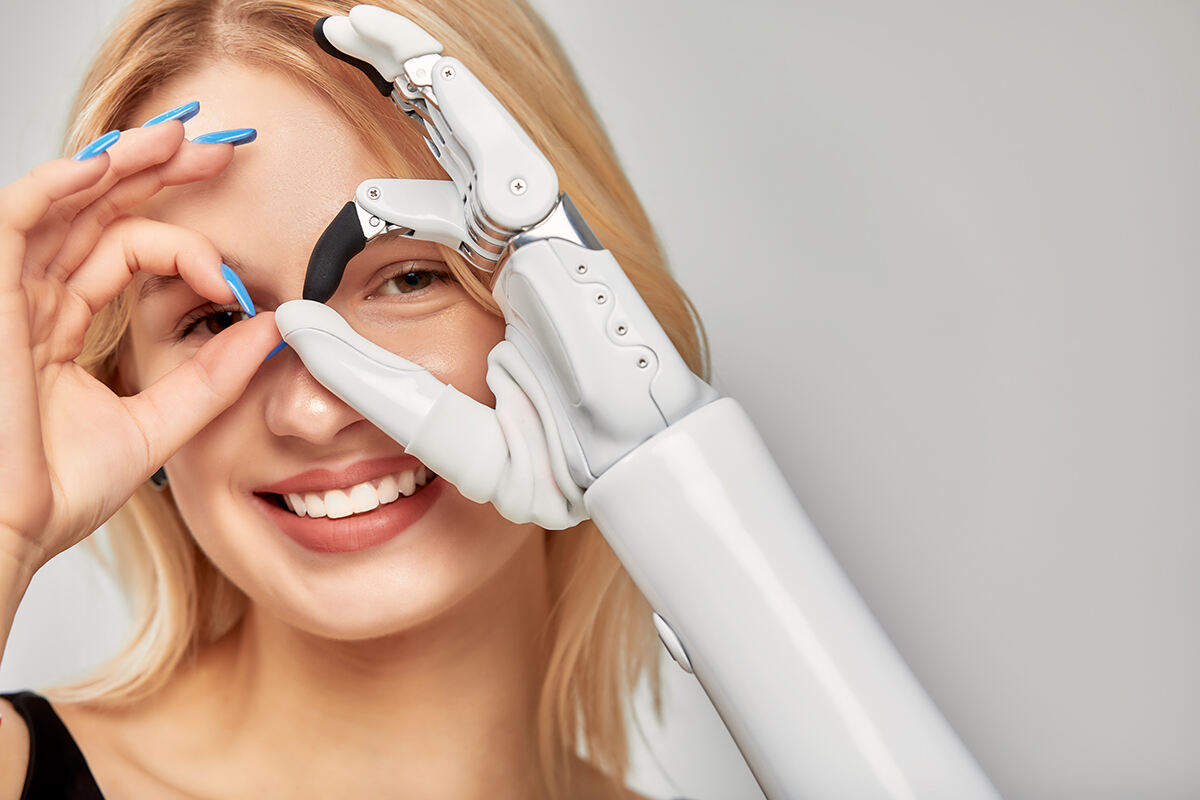


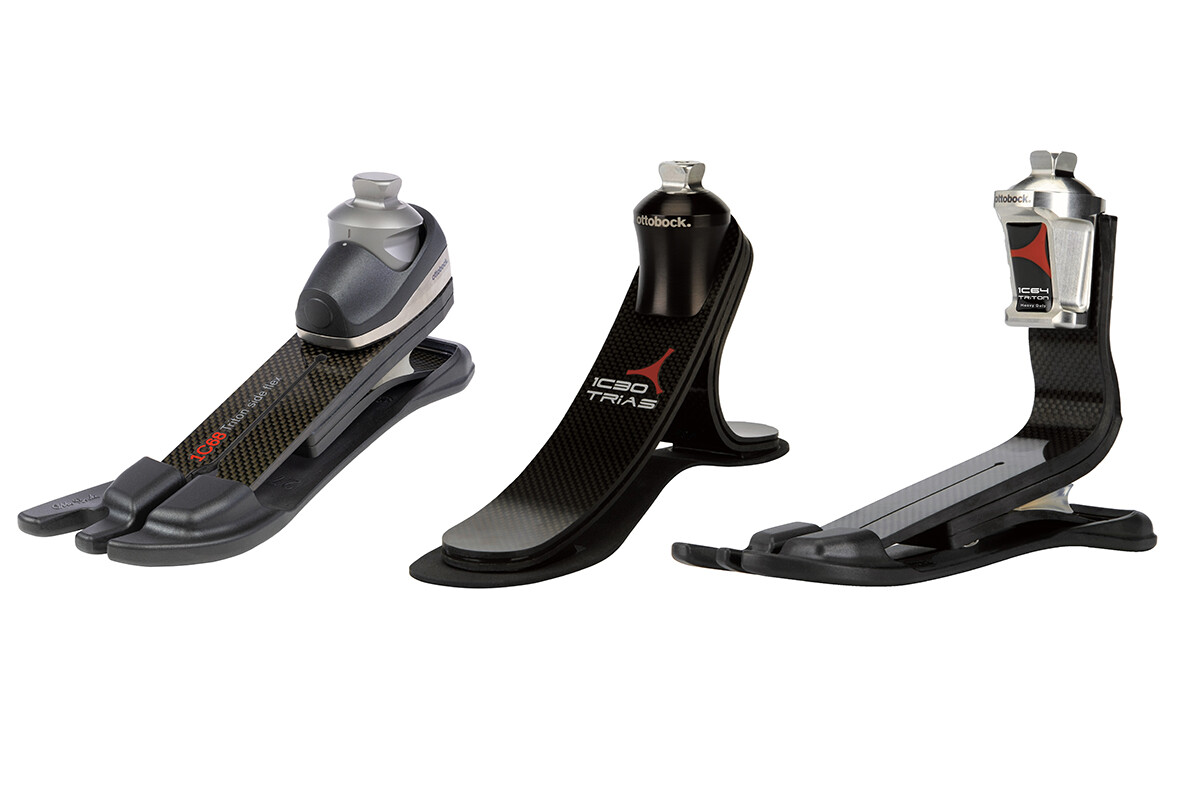
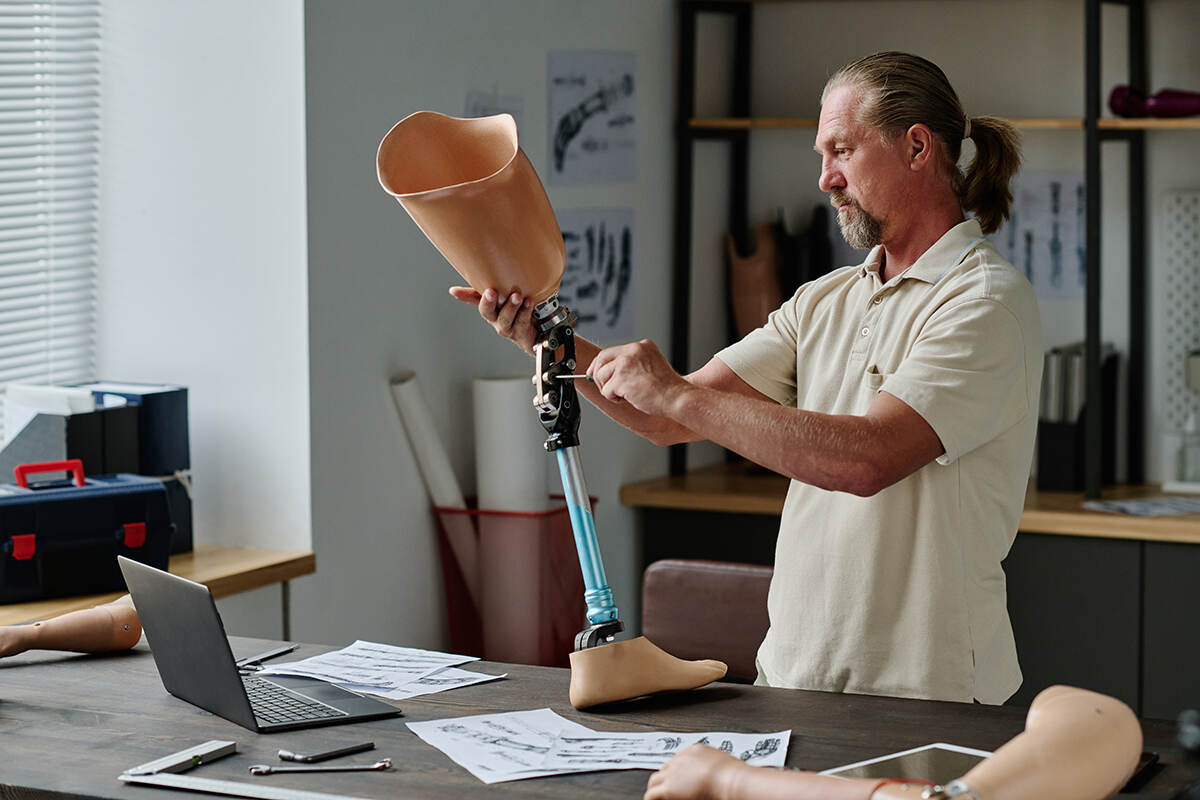
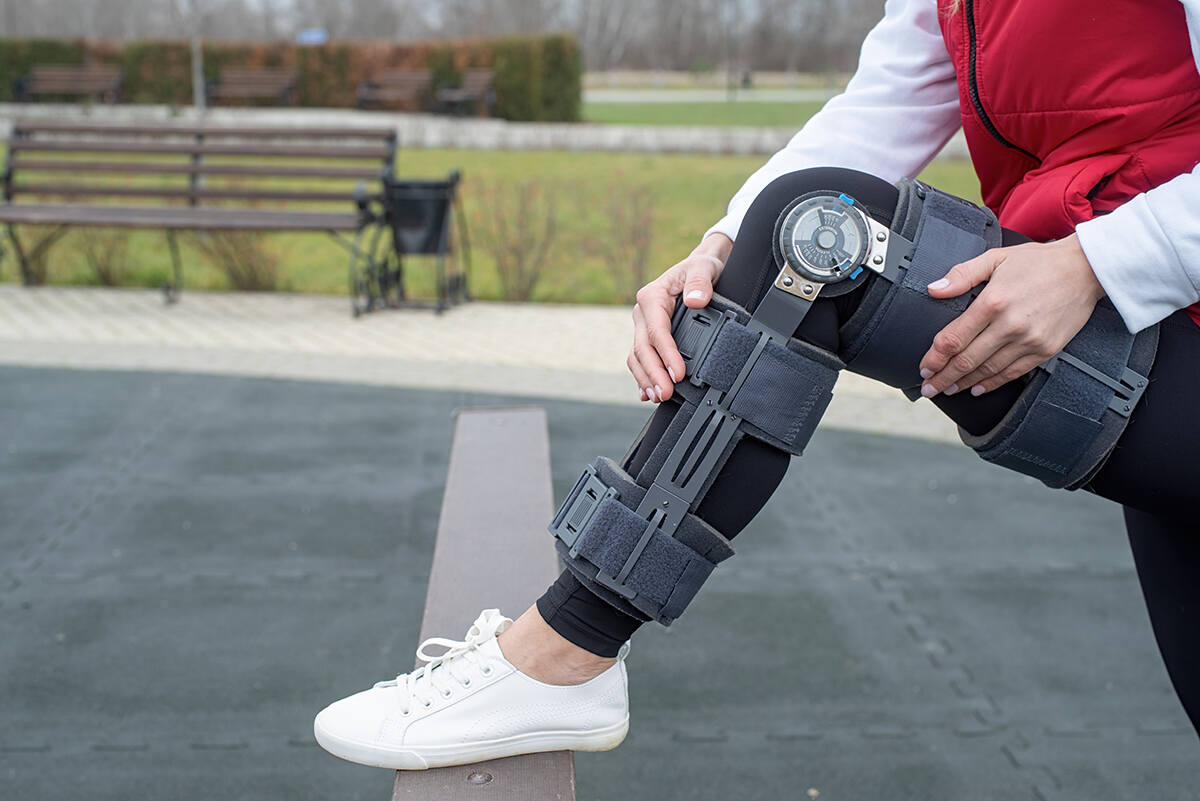
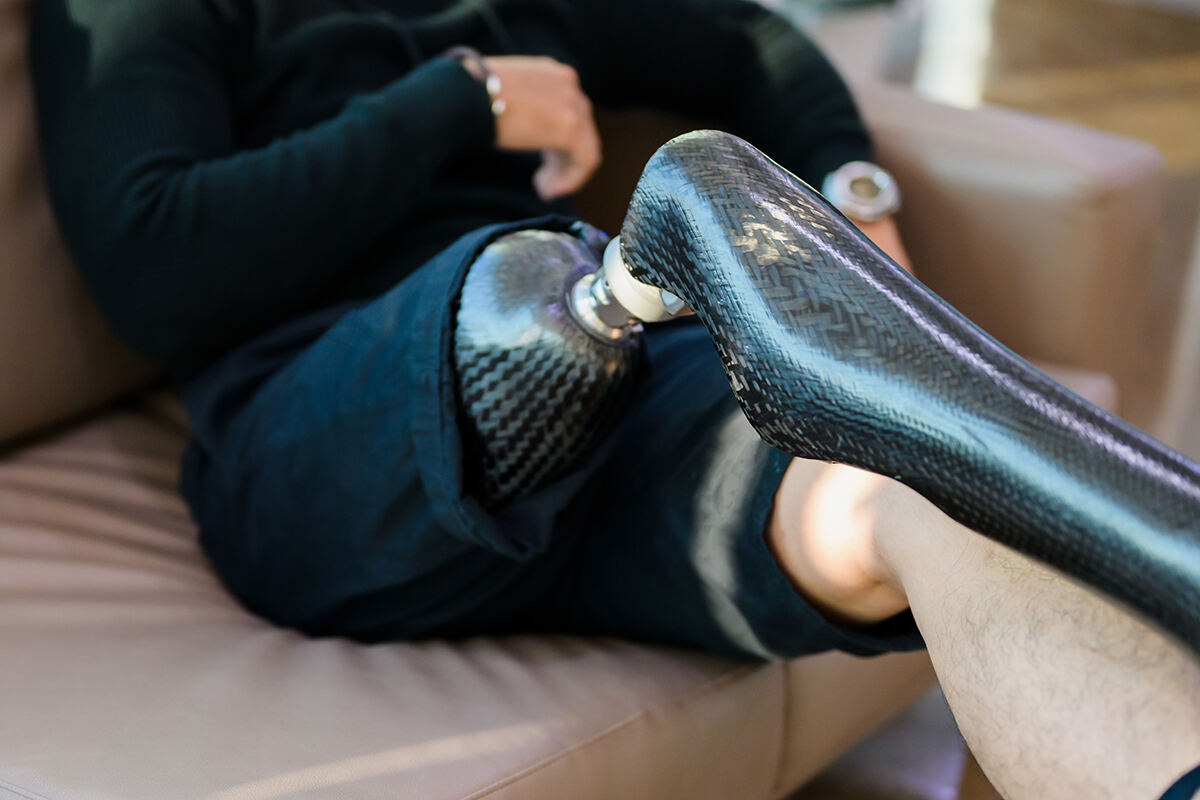

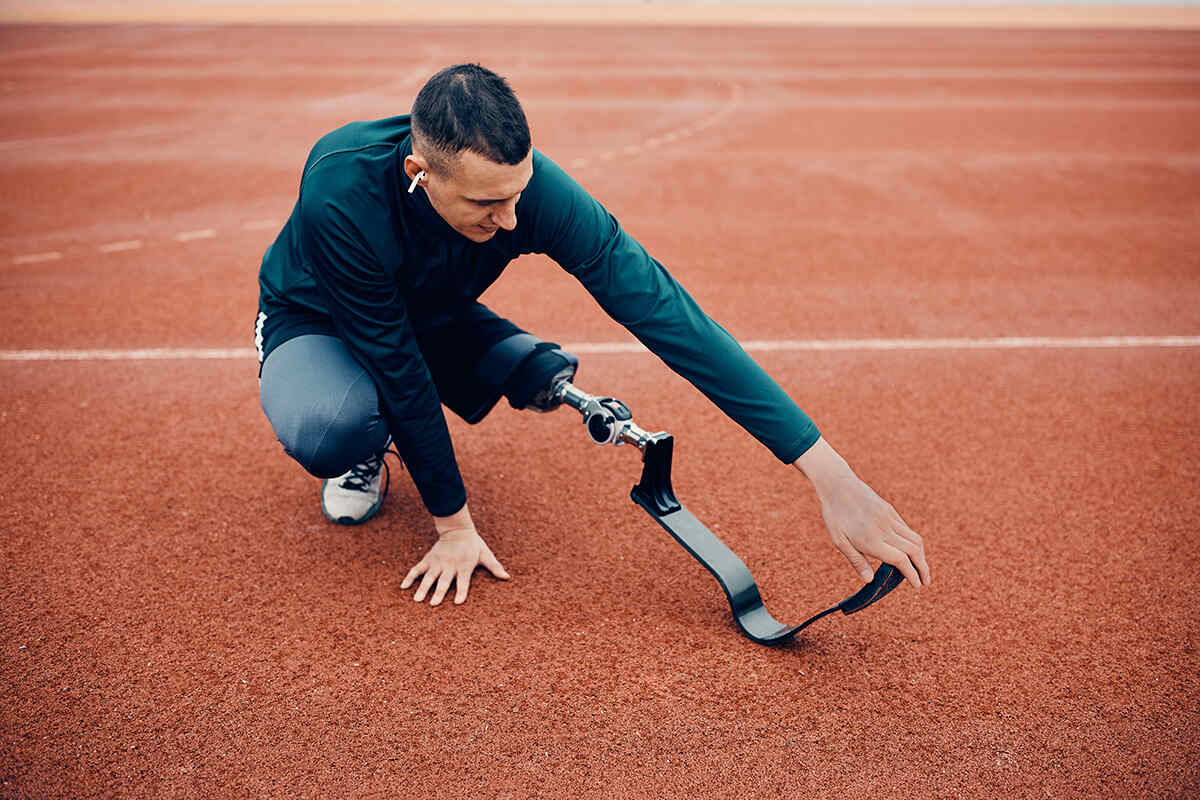
Leave a Reply
You must be logged in to post a comment.